Glass and plastic are two everyday items in any household. We use them as packaging materials, storing food and non-food items, and many other uses.
Although glass has been around for 4000 years, it has slowly been replaced by plastic. It is conveniently lighter than glass but does leach chemicals and is not environmentally friendly.
Though plastics are popular, they have been crucified as the most non-eco-friendly materials (which we’ll find out). Glass, on the other hand, is being embraced as an eco-friendly alternative to plastic. But is glass really eco-friendly? Let us debunk the myth.
Is glass better than plastic?
To answer this, let’s look at the environmental impact of each. We break down the raw materials, manufacturing process, recycling rate, and life cycle of each and highlight their pros and cons.
Let’s begin by reviewing glass.
Glass
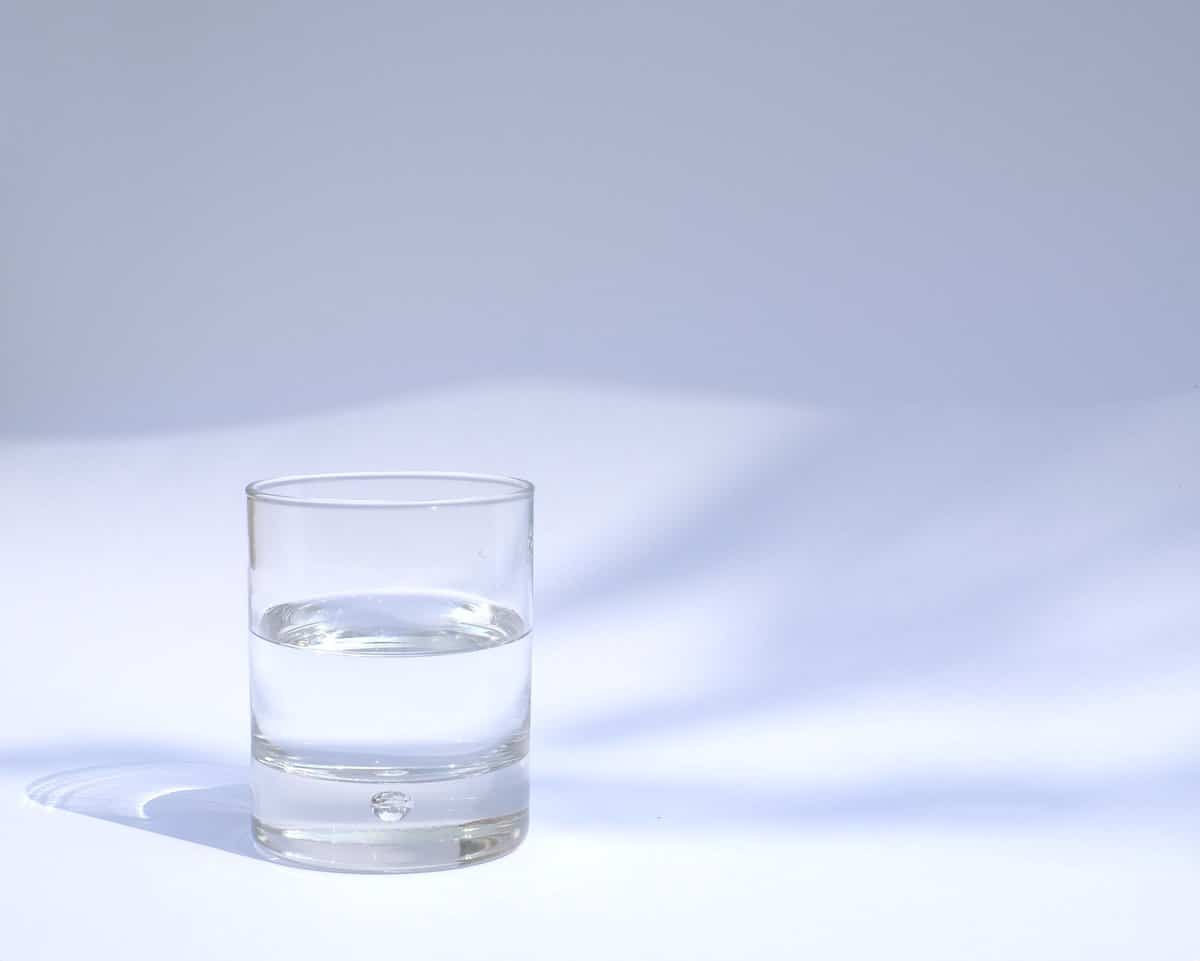
1. Raw materials used
Making new glass requires sand which is a non-renewable resource; therefore, removing it from the sea and river beds destroys visual attractiveness and interfere with marine ecosystems, thus adversely affecting marine life and tourism.
You may be wondering, what about all the desert sand? Why can’t it be used? Glass manufacturing utilizes a specific type of sand, which is the one found on river beds and along coastal lines.
Additionally, uncontrolled large-scale sand mining causes erosion, ultimately leading to increased flooding, negatively affecting the livelihoods and resilience of the communities living in the coastal areas.
Did you know that the world uses 50 billion tons of sand annually? It accounts for the largest amount of solid material being mined, and we are actually running out of this stuff.
Limestone and
Manufacturing Process
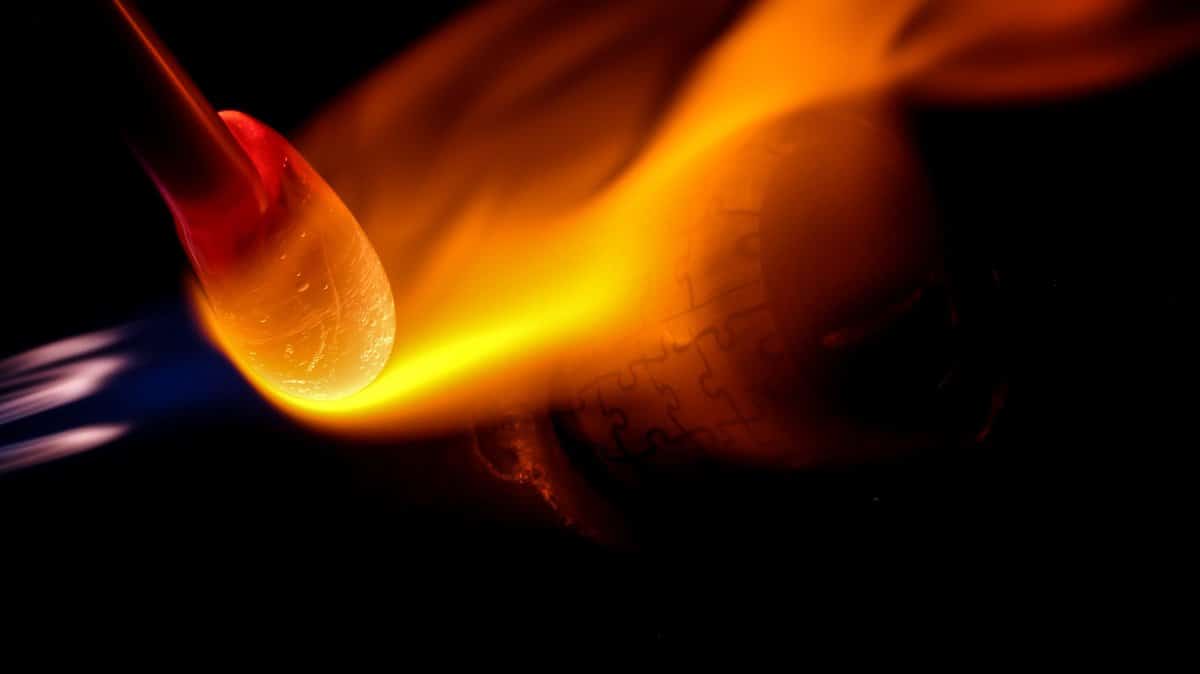
The manufacturing process of glass starts with heating sand, limestone, and soda ash in a furnace to an extremely high temperature to the point of melting. After melting, the molten glass is molded to the desired shape or blown and then cooled down.
However, this process is not eco-friendly. Though the virgin materials are natural, heating them requires a lot of energy and resources.
Most of the energy required is from fossil fuels which release greenhouse gas emissions. Additionally, when limestone and dolomite (except when making container glass) are heated in the furnace, they release carbon dioxide, contributing to a negative environmental footprint.
3. Transportation
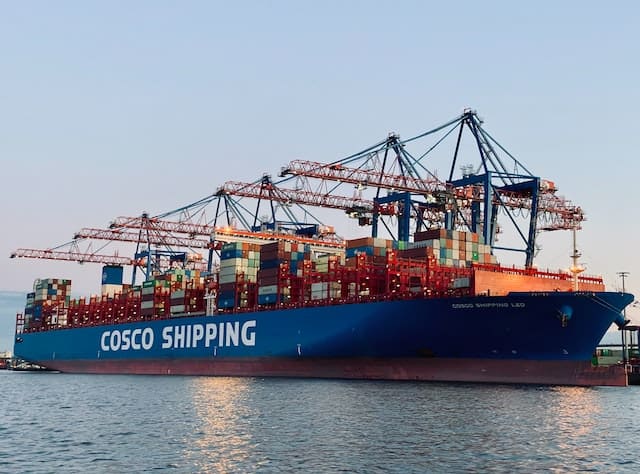
Glass is heavy and more likely to break in transit due to its fragile nature.
For this reason, it has to be transported in smaller quantities and handled more carefully than plastic. Not only is this expensive, but it also releases more emissions that are harmful to the environment.
The weight of glass makes a huge difference in its overall environmental impact.
Consequently, transporting sand from the source to the factories also adds to the emissions in the glass manufacturing process.
Recycling
Glass is 100% recyclable. One remarkable quality of glass is that you can endlessly recycle it without losing its quality.
Recycling glass significantly reduces the amount of waste glass that goes to landfills.
By recycling glass, the use of sand as a raw material is significantly reduced, preserving our marine life and minimizing carbon emissions in the environment.
In addition, recycled glass requires less energy compared to the manufacture of virgin glass since the recycled material melts at lower temperatures than natural materials.
However, though most glass is recyclable, not all glass containers can be recycled. Most recyclers reject contaminated or broken glass as it is not easily recyclable and needs to be color sorted and cleaned.
Germany has been recycling nearly 81,1 % of its glass which is pretty outstanding, and I wish more countries would follow along.
Reusing
Reusing helps keep used glass bottles out of the trash, and no energy is used, unlike recycling. Before you recycle glass, find ways to repurpose it.
You have endless options when it comes to reusing glass. Freshly cut flowers look stunning in glass bottles that serve as vases, and Wide-mouthed glass bottles are ideal for window sill planters or growing herbs.
Tapered candles fit beautifully inside empty wine bottles.
End of Life
Glass is not biodegradable. It takes thousands of years for glass to decompose (source) since bacteria responsible for organic composting cannot consume glass.
Although we can recycle glass endlessly, tons of glass bottles end up in landfills. The recycling rate of glass in America is only 31%. Sadly, even the glass sent to recycling collections isn’t recycled properly. Certain facilities crush the glass and use it as landfill cover, which is not good for the environment.
Plastic
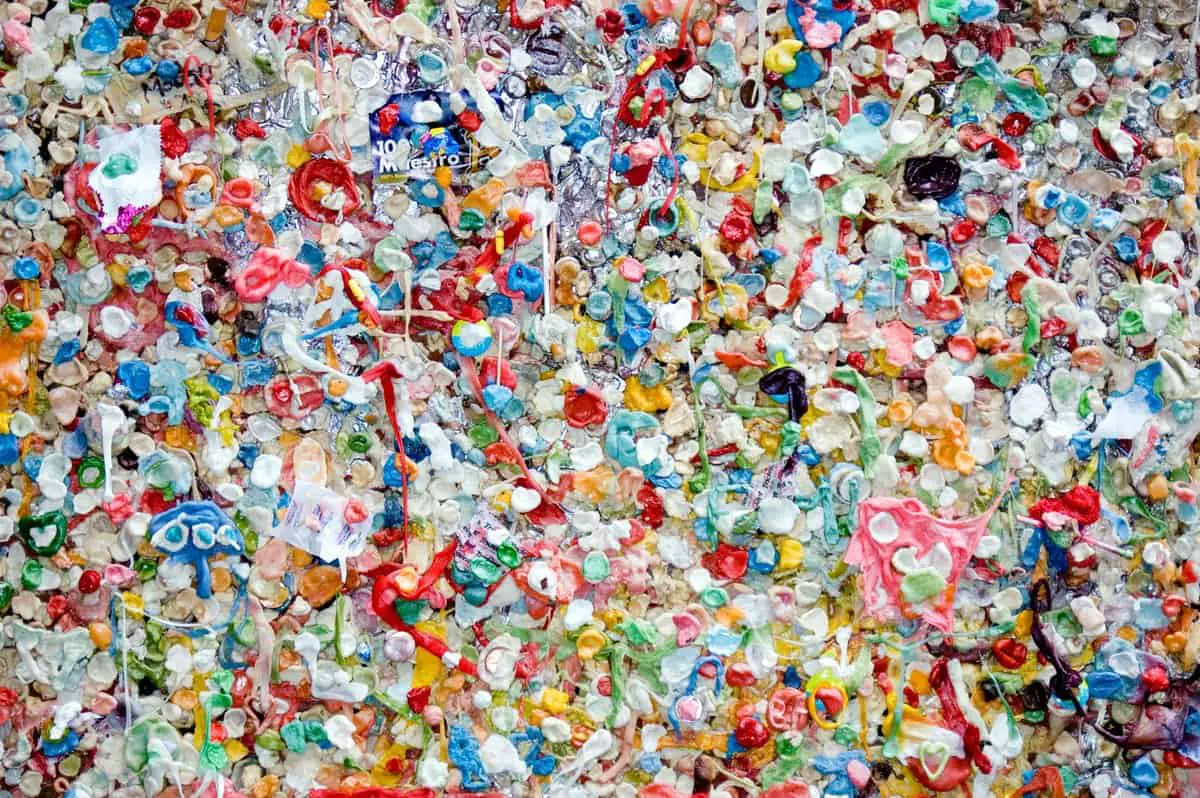
The relationship between plastic and our society is complex.
Learn about the dangers of plastic food containers and 11 ways to avoid them.
Raw Materials used
The primary materials used to manufacture plastics are crude oil and natural gas.
Exploiting oil and gas deposits has negative environmental impacts. There have been several incidences of air and water pollution, oil spills, destroyed land, accidents, and fires.
It also poses a health risk to people close to the oil extraction areas. According to the National Library of Medicine, exposure to upstream oil extraction may have health effects like liver damage, cancer immunodeficiency, and neurological problems.
Manufacturing Process
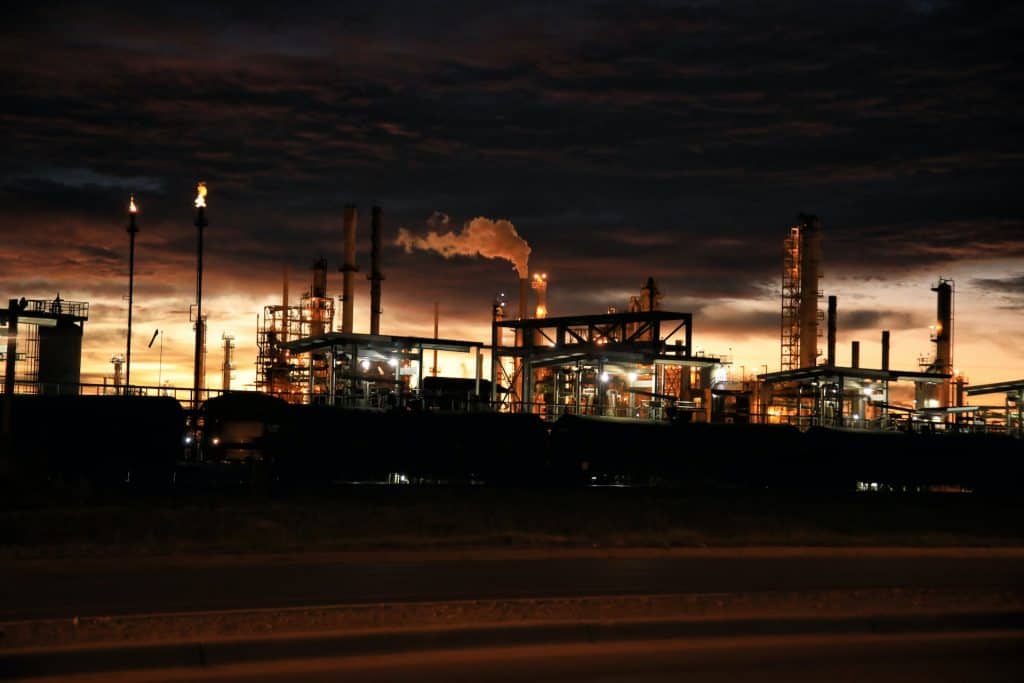
Like glass, manufacturing plastic is not simple and requires a lot of energy, expertise, and labor.
The raw materials are refined into propane and ethane in a process known as “cracking,” ethane and propane are heated to produce ethylene and propylene, respectively.
The materials are then combined to form polymers. Different combinations of monomers yield different kinds of plastics.
Despite how intriguing plastic production may sound, it is ultimately not eco-friendly.
The process is energy intensive as high heat levels are needed to crack ethane, releasing potentially harmful chemicals and gases into the environment. s a result, the desire for plastic has significantly increased our planet’s carbon footprint creating more global warming potential.
The toxic chemicals produced by the plastics manufacturing industries pose a significant threat to human health and marine life. You may have heard about the five gyres in the ocean?! f not, check out this article about the plastic islands in the ocean.
Manufacturing plastics can be dangerous for workers as well. Numerous serious incidents have occurred, including explosions, chemical spills, and fires resulting in injuries, significant property damage, and even fatalities.
Transportation
Transport is necessary at every stage of the supply chain; with plastic weighing less than glass for identical products, shipping emissions and costs are significantly reduced, making transportation of plastic a more environmentally friendly option.
The weight of plastic is one of its major advantages.
Recycling
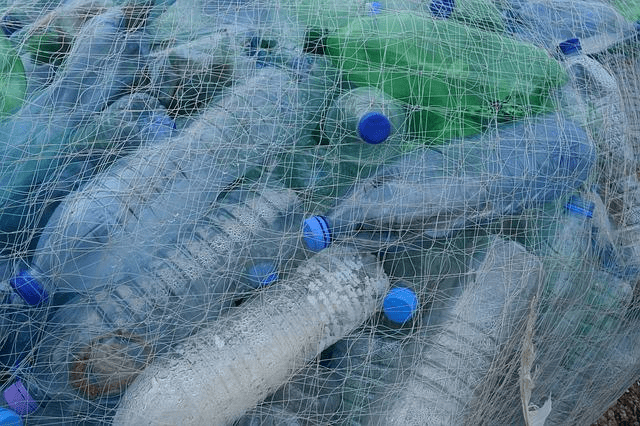
Contrary to glass, plastic can only be down-cycled (the final product has less value than the original item) and, eventually, will degrade into a waste product that cannot be recycled anymore.
The recycling rate of plastic is meager. According to National Geographic, only 9% of plastic bottles are recycled, and the remaining ends up the landfills. Now, considering more than 8.5 billion metric tons of plastic have been made since large-scale production began, the recycling rate is very low.
Again, not all plastic is recyclable. But of the seven types of plastics, (Polyethylene terephthalate (PETE), High-density polyethylene (HDPE), Low-density polyethylene (LDPE), Polyvinyl Chloride (PVC), Polypropylene (PP), Polystyrene (PS), and others, e.g., nylon), only 3 are recyclable. The rest only adds up to the huge plastic waste in landfills.
Lastly, recycling plastics is more expensive than making new plastic, which means people will be less motivated to gather used plastics.
Reusing
Reusing plastic products as often as possible is crucial for the environment, and it can help you save money while at the same time reducing waste. You can feel good about helping to decrease the development of landfills, improve the quality of our air, and have fun using innovative ways to produce some of your products without spending any money by implementing reusing strategies.
Here are some ideas on how you can reuse plastic items instead of throwing them away
Make storage for pencils and pens from plastic containers
You can make a sprinkler head for irrigation from a plastic bottle
Make a piggy bank out of a plastic bottle
Convert plastic containers into a garden.
However, Plastic bottles cannot be reused as often as glass bottles due to losing their shape.
End of Life
Plastic does not decompose, implying that all plastic that has ever been manufactured and released to the environment still exists in some way.
Unlike glass, which can be recycled endlessly, plastic that cannot be recycled ends up in a landfill as it is no longer useful.
Disposing of plastic in landfills is not only harmful to the environment but also affects human health. When plastic degrades, it breaks into microplastics that threaten marine life and end up in our food chain when we consume fish.
Which is better: Glass vs. plastic
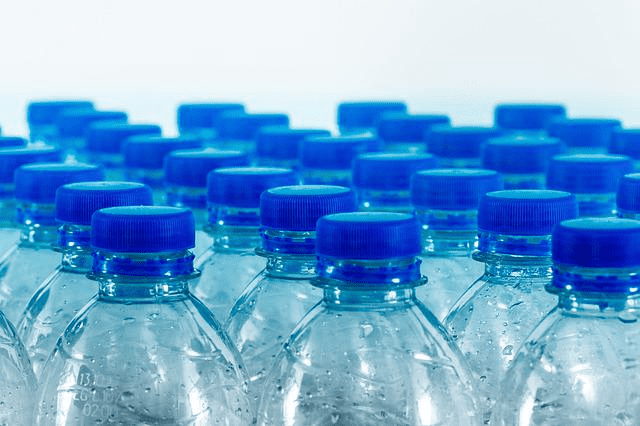
There is no obvious winner when comparing glass vs. plastic since both have advantages and disadvantages.
In terms of sustainability, neither glass nor plastic is better, and both materials heavily impact the environment.
Throughout its life cycle, plastic emits carbon dioxide from the moment raw materials are converted to plastic to their disposal. This is a huge carbon footprint! Transportation of glass, on the other hand, makes a huge difference.
In terms of health considerations, glass packaging carries the day. Plastic packaging poses a threat to human health, especially when it comes to food storage. Food stored in glass containers retains its flesh aroma and taste as there are no chemical interactions.
Wrapping up
Since we have seen that both glass and plastic are far from perfect, the best you can do is to minimize the consumption of both materials, especially on single-use items. Although it may be difficult to completely eradicate single-use, being a little more conscious about our choices can make a huge dent.
However, if you are thinking about wrapping your food in plastic or storing it in containers, it is always better to use glass since it has no chemical reaction to the food it protects. Opt for glass if you care about your health and want to avoid microplastic in your food.
